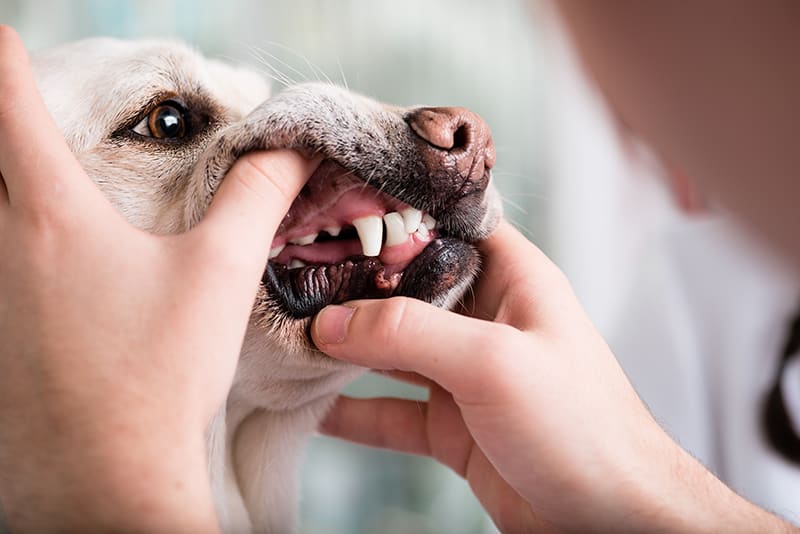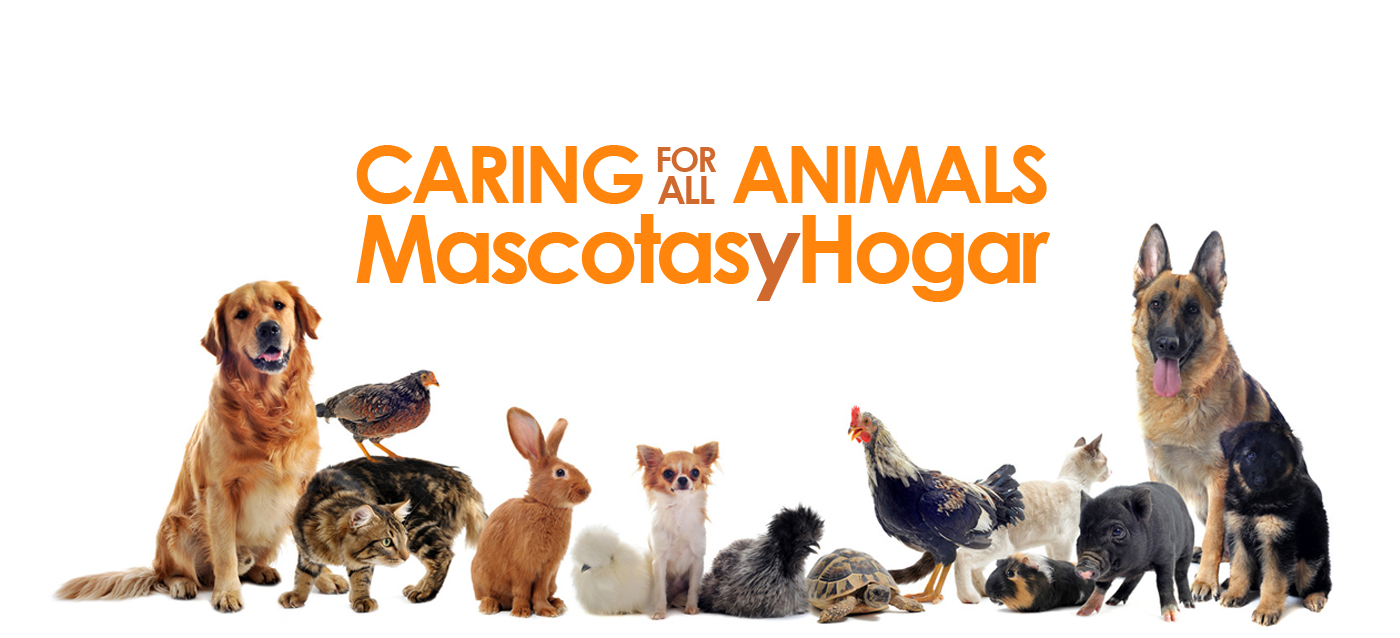
Introduction
Dentistry has a long and troubling history of animal testing. In fact, it’s one of the few medical fields that continues to test on animals, despite the availability of alternatives. The use of animals in dental research dates back to the early 1900s, when experimentation on dogs was first documented. Since then, rabbits, guinea pigs, rats, and mice have all been used in dental labs around the world. While the dental profession has made some progress in recent years in terms of reducing its reliance on animal testing, much more needs to be done. In this blog post, we will explore the history of animal testing in dentistry and what is being done to end it.
What is animal testing?
Animal testing is the use of animals in scientific experiments to test the safety and effectiveness of products before they are made available to humans. Animals are often used because they are similar to humans in their physiology and response to certain substances.
There are a number of different ways that animals can be used in testing, including:
– Injections: Animals are injected with a substance to see how their bodies react.
– force-feeding: Animals are given a substance orally to see how it affects them internally.
– skin and eye irritation tests: Substances are applied to the skin or eyes of animals to see if they cause irritation or other reactions.
– toxicity tests: Animals are given increasing doses of a substance until it causes death or other serious effects.
Animal testing is controversial because it can be cruel and painful for the animals involved. Additionally, there is always the possibility that results from animal testing may not be accurate when applied to humans. However, many companies and organizations continue to use animal testing as a way to ensure the safety of their products before they are made available to consumers.
What is the history of animal testing in dentistry?
Before the early 1900s, very little was known about how to prevent or treat dental diseases. Dental schools were established in the 1800s, but they did not have access to reliable information about which treatments worked and which did not. Animal testing was seen as a way to fill this knowledge gap.
Over the years, dentists have tested a variety of treatments on animals, including extractions, fillings, and root canals. More recently, animal testing has been used to test new materials and products, such as sealants and toothpastes.
Despite the advances that have been made in dental care, animal testing is still commonplace in the industry. In fact, it is estimated that over 100 million animals are used in experiments worldwide each year.
There are a number of reasons why animal testing is still used in dentistry. First, it can be difficult to replicate the conditions of the mouth in a laboratory setting. Second, animals provide a good model for studying human disease because their mouths are similar in structure and function to our own. Finally, animal testing is often seen as necessary to ensure the safety of new products before they are used on humans.
Despite these reasons, there is growing opposition to animal testing in dentistry. Some argue that it is unnecessary and cruel, while others believe that there are more effective and humane ways to test new products and treatments.
How is animal testing used in dentistry today?
Animal testing is still commonplace in many areas of dentistry, from the development of new dental products to the training of students.
Dental products are regularly tested on animals to ensure their safety and efficacy before being made available to consumers. In most cases, animals are used in early-stage testing to assess potential toxicity and side effects. If a product shows promise, it will then move on to clinical trials involving human patients.
While animal testing is not required by law, many dental schools still use animals in their curriculum. Students may be asked to perform procedures on live animals, such as extractions or root canals, as part of their training. In some cases, these procedures are performed without the use of pain medication.
There is a growing movement among dentists to end the use of animals in dentistry. Several organizations, including the American Association for Dental Research and the International Association for Dental Research, have issued statements supporting the replacement of animals in dental research with alternative methods.
Morality and ethics of animal testing
Animal testing is a controversial topic in the world of dentistry. Some people argue that animal testing is necessary in order to ensure the safety of dental products and procedures. Many dentists are vocal about scientific animal cruelty, they abhor it as it is against their morality and work ethics. Others argue that animal testing is cruel and unnecessary.
There are a few key points to consider when thinking about the morality and ethics of animal testing in dentistry:
– Is animal testing actually necessary? Are there alternative methods that could be used instead?
– What types of animals are used for testing, and how are they treated?
– What are the long-term effects of animal testing on the animals involved?
Ultimately, it’s up to each individual to decide whether or not they think animal testing is ethical. However, it’s important to be informed about all sides of the issue before making a decision.
What are the benefits of animal testing in dentistry?
Animal testing in dentistry is conducted to assess the safety and efficacy of new dental products, procedures, and treatments. The benefits of animal testing include the ability to determine if a product is safe for human use and the potential to save lives. Animal testing also allows researchers to study the mechanisms of dental diseases and conditions, which can lead to new and improved treatments for humans. While there are some criticisms of animal testing, the benefits outweigh the drawbacks, making it an important tool in dentistry.
What are the risks of animal testing in dentistry?
There are a number of risks associated with animal testing in dentistry. These include the potential for animals to suffer from pain and distress during experiments, the possibility of inaccurate results due to species differences between animals and humans, and the ethical concerns surrounding the use of animals for testing purposes.
While some argue that animal testing is necessary in order to ensure the safety of dental products and procedures, others contend that alternative methods, such as cell culture or computer simulations, would be more effective and humane. Ultimately, the decision of whether or not to use animals in dental research is a complex one that requires careful consideration of all factors involved.
Marketing of ethical medical and dental practices
There is a growing trend in the marketing of ethical medical and dental practices that are marketing themselves as being cruelty-free. These businesses are catering to consumers who are looking for products and services that have not been tested on animals.
Many dentists use animal-derived ingredients in their products, such as glycerin, which is often sourced from beef or pork. Some dental schools still use live animals for training purposes.
The American Veterinary Medical Association (AVMA) does not support the use of animals for marketing purposes. The AVMA’s policy on the use of animals in research, testing, and education states that “animals should only be used when necessary and when alternative methods are not available.”
The American Dental Association (ADA) has no formal policy on the use of animals in dentistry, but does support the AVMA’s position. The ADA also believes that any research involving animals should be conducted in accordance with the highest ethical and scientific standards.
There are a number of ways to market an ethical medical or dental practice:
– Use social media to raise awareness about your business and what makes it unique.
– Sponsor or participate in events that promote cruelty-free living.
– Give talks or presentations at local schools or community groups about the importance of choosing cruelty-free products and services.
Conclusion
While it’s disturbing to think about, the fact is that dentistry has a long history of animal testing. Thankfully, there are now many ways to test products and procedures without using animals, but we need to be vigilant in ensuring that animal testing is truly a thing of the past. We hope that this article has helped to raise awareness of this issue and encourage everyone to do their part in ending animal testing for good.

